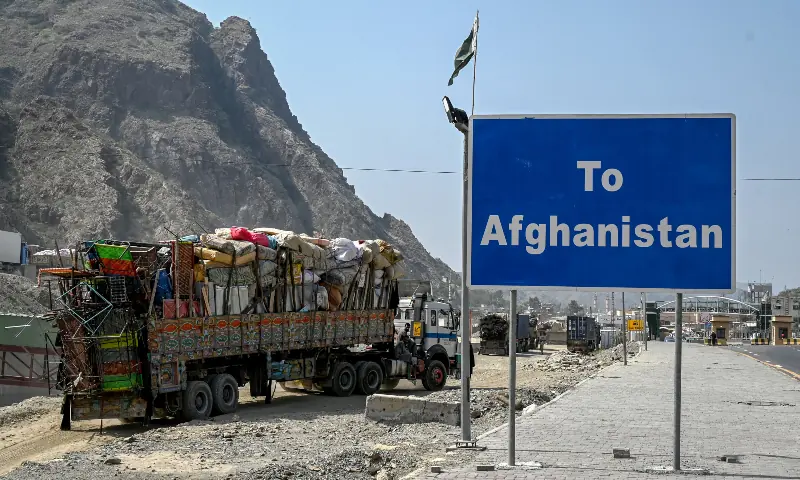By AFP
Copyright dawn

KABUL: A massive spike in millions of migrants forced back into impoverished Afghanistan by Paki-stan and Iran could fuel the militant Islamic State group activities, diplomatic and security sources fear.
Around 2.6 million Afghans have returned since January, including many who have spent decades abroad or who are setting foot in Afghanistan for the first time. “The risk that IS-Khorasan sees these newly arrived Afghans as a potential recruitment pool is high,” Hans-Jakob Schindler, a former coordinator of the United Nations committee monitoring militant groups, said.
Security in Afghanistan has vastly improved since the Taliban won their insurgency against the Nato-backed government and returned to power in 2021. However, the local branch of IS — a rival jihadist group with a foothold in eastern Afgh-anistan — carries out periodic att-acks and remains a threat to Taliban rule and the wider region.
“Since August 2021, the group has continued to recruit disgruntled Taliban as well as Afghans that are not part of the new regime,” Schindler said. The UN warned in July of a “permissive environment for a range of terrorist groups … posing a serious threat to the security of Central Asian and other countries”.
It said the most serious threat is from the IS, with 2,000 fighters, who have carried out deadly attacks in Russia, Iran and Pakistan in the past few years. While the Pakistani Taliban, a separate but closely linked group to the Afghan Taliban, has triple the fighters, it is focused on a campaign against the Pakistan government’s security forces.
Islamabad has consistently acc-used Afghanistan’s rulers of giving safe haven to militant groups. The Taliban government has repeatedly claimed that there are “no longer any terrorist organisations” operating in Afghanistan.
‘Foreigners’ in their own country
The UN High Commissioner for Ref-ugees (UNHCR) has predicted that up to four million Afghans could return to the country by the end of the year. Upon arrival, “they face en–ormous challenges, without jobs, ho–using, or access to basic services,” no-tes Indrika Ratwatte, the UN’s humanitarian coordinator in the country. “They may become vulnerable to negative coping mechanisms, including exploitation by armed gro-ups.”
According to the World Bank, nearly half of Afghanistan’s 48m people live below the poverty line, and nearly a quarter of 15-29 year-olds are unemployed. “We alr-eady know that some Afghans join terrorist groups not out of conviction, but out of ‘economic necessity,’” a European source said.
Afghans who have spent decades abroad are considered outsiders when they arrive in Afghanistan, said Amina Khan of the Institute for Strategic Studies (ISSI) in Islamabad.
Some will hold resentment towards Pakistan, which took away their businesses and properties. “They’re the perfect fodder for these transnational terrorist groups that are operating within the region,” she said.
According to Moscow, Afghanistan is home to approximately 23,000 fighters from 20 different organisations. “The greatest concern is the activity of the Afghan branch of (IS)… which has training camps in the country,” noted Russian Security Council Secretary Sergei Shoigu at the end of August.
Published in Dawn, September 26th, 2025



